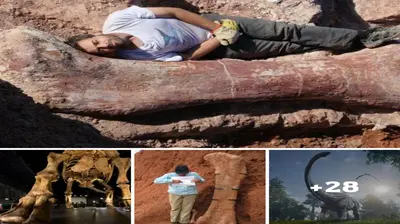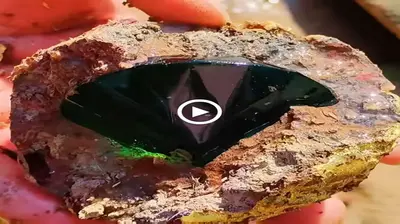The Kai Manawa wall, located on the shores of Lake Tahoe in New Zealand, is a spectacular but enigmatic structure. Chi Miyagawa’s attractiveness stems from the fact that it precedes academia’s strictly documented grasp of the country’s historical inhabitants.

Although it is usually considered that the island of Zealand was colonized during the past 800 years, an examination of this impregnable wall found that it is at least 2,000 years old. It also has the tell-tale building characteristics of lost knowledge that may be seen in many other ruins across the globe.
The controversial wall first came to public notice in the early 1990s, courtesy to a story in the New Zealand Guardian by Barry Braille headlined Megalith mystery: huge stones in Cayman ah whoa.
The examination indicated that the stone wall is at least two millennia old and was created by previously unknown immigrants inside New Zealand, according to Forest Park’s proof of an early New Zealand culture.

He named them the white taaha and theorized that the Mallorys, who arrived just 800 years ago, wiped them off. Furthermore, according to Brailsford, the wall might link New Zealand to Egypt, South America, and a slew of other ancient civilizations.
Twelve pieces of evidence predictably support his claims; however, to defend current paradigms, individuals from many different fields of academia have directed tremendous hostility toward the department of conservation archeologists, geologists, and just about every political party in New Zealand, including some media outlets.
When it comes to the allegations that lead to the site being closed to the public, you have to ask what they are so terrified of people finding out. Regardless of the Brailsford data, since the publication over 30 years ago, the notion that the wall is nothing more than a natural creation has been widely pushed.

A decision made on the basis of a fervent rejection of reality or facts. Official scientists determined that the wall is an outcrop of a massive ignimbrite, a natural structure that originated some 300,000 years ago. They argue that earthquakes, volcanic eruptions, and other natural phenomena caused the block forms in the granite, which they ascribe to cracks.
Scholars are ready to date such sites, but they are cautious to attribute their creation to any intelligent design. Could the Chi Managua wall be a 330,000-year-old man-made structure created by the same people who constructed many other monuments throughout the world? We’re intrigued by such possibilities.










































